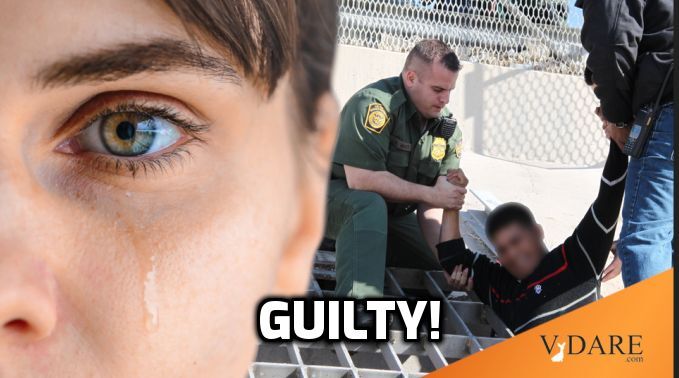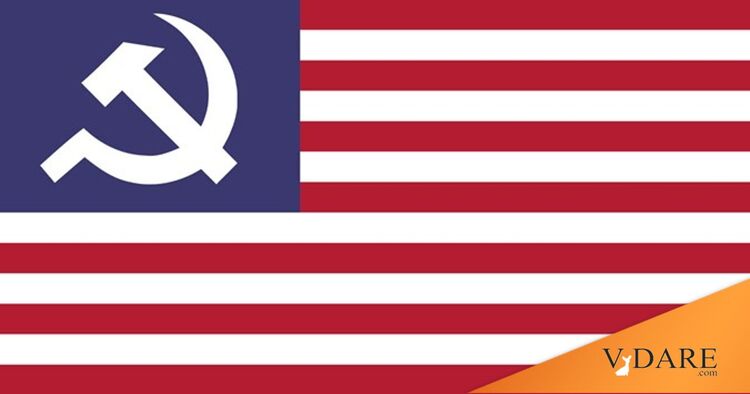From The New Republic
White St. Louis Has Some Awful Things to Say About Ferguson By Julia Ioffe @juliaioffeAbout a 15-minute drive from the Ferguson protest that, by now, feels more like a block party, in the more upscale St. Louis suburb of Olivette, there’s a new strip mall with a barbecue joint and a Starbucks and an e-cigarette store. On a mild Thursday evening in August, people sat around tables, sipping coffee, sipping beer, dabbing barbecue sauce off their fingers.
All of these people were white.
It was a stark contrast to Ferguson, which is two-thirds black. Olivette is almost the exact opposite, at over 60 percent white. St. Louis, and the little hamlets that ring it, is one of the most segregated cities in America, and it shows.
Ioffe then writes a typical essay of point-n-sputter outrage on what white people in Olivette told her about the riots in Ferguson, and, worse, what she thinks they really would say:
As for the protests, well, they weren’t about justice; they were just an excuse. “People are just taking the opportunity to satisfy their desire for junk,” said one woman, knowingly. As if black people, the lust for theft encoded in their DNA, are just barely kept in line by authority.
A lot of high end journalism on race consists of white journalists saying what’s occurred to them in the privacy of their own minds and then attributing it to some lesser white person who should be scorned, or maybe necklaced.
But I want to come back to this assumption of Segregation. Ioffe cites Olivette as the lily-white “exact opposite” of Ferguson, and yet they both seem like pretty good examples of Diversity. Olivette’s Wikipedia article says the 2010 Census found:
The racial makeup of the city was 60.9% White, 23.9% African American, 0.2% Native American, 10.7% Asian, 1.7% from other races, and 2.6% from two or more races. Hispanic or Latino of any race were 3.3% of the population.
Ferguson’s Wikipedia article says:
The racial makeup of the city was 29.3% White, 67.4% African American, 0.4% Native American, 0.5% Asian, 0.4% from other races, and 2.0% from two or more races. Hispanic or Latino of any race were 1.2% of the population.
Olivette is clearly a more desirable town as can be seen from its much larger percentage of Asians, who never let political cant cloud their real estate decisions, but it’s also 24% black, just as Ferguson is 29% white. Both basically strike me as more or less integrated.
Now from 1990 to 2010, Ferguson dropped from 75% white to 29% white. This is the kind of thing we see a lot of in inner ring suburbs during the Section 8 Era, in the on-going game of Hot Potato. On the other hand, it’s a much slower rate of white flight than in the past than in, say Austin on the west side of Chicago from 1967 to 1980.
In general, that slower rate of transition seems like a good thing. It means change is less precipitous, crime is less of an immediate impetus, people have more time to plan for their moves, those who really likely where they live find things tolerable enough to stay, and so forth. And by all accounts, Ferguson was a semi-okay place … until the mobs looted it this week, egged on by the press denouncing white racism.
Instead, Ferguson’s lack of precipitous White Flight is currently being universally denounced as a Bad Thing because enough white people have stuck around in Ferguson to maintain some political and institutional continuity rather than immediately depart and surrender all offices to the most recent Section 8 arrivals.
In fact, for liberal conventional wisdom, whites in Ferguson are to be blamed both for leaving and for staying. It’s racist that some whites have left and it’s racist that enough whites have stayed to maintain some political power in Ferguson.
Basically, you white people who can’t afford to live in liberal whitopias like Marin County and Portland, you are damned if you do and damned if you don’t.











